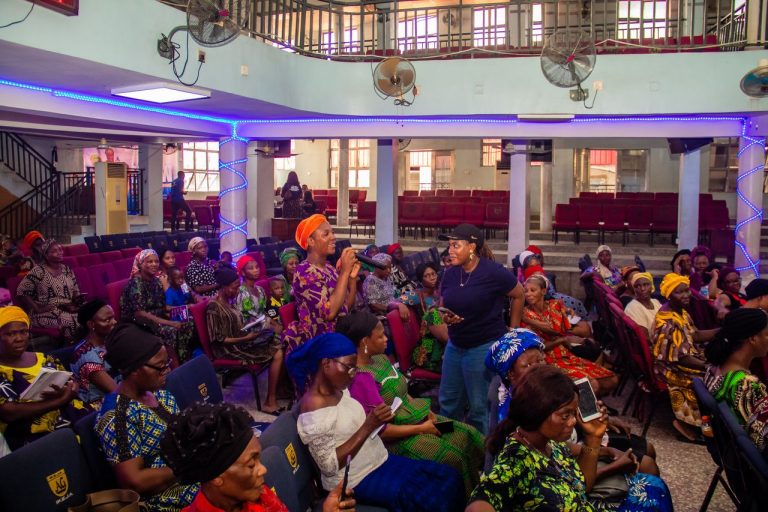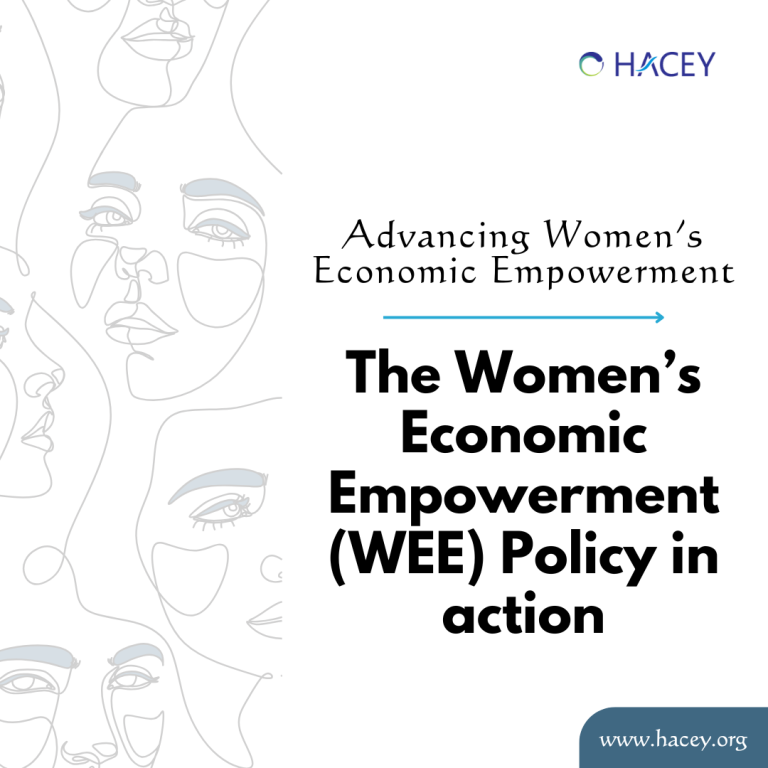
Even when performed by a trained healthcare professional, female genital mutilation is not safe. Nigeria currently bears the burden for the largest number of FGM cases worldwide despite current legislation banning FGM. Dolapo Olaniyan, project lead of the EndFGM Initiative writes on the dangers of FGM and action to end FGM in Nigeria.
Bisi, a 13-year-old Lagosian has attempted suicide 4 times; Temilade, a 6-year-old girl in Osun state still finds urination painful; and Amina, an 8-year-old in Kaduna has warts all over her genitalia, in addition to being HIV positive. One might ask, “what do these girls have in common?” Simply put, their rights were violated when over 6 people (men and women) pinned them down as crude razors, knives and snail shells cut through their genitals like chicken. Just like so many other young women and girls out there, who have survived one form of violence or the other, these girls had no voice, no one fought for their rights.
Female genital mutilation is not a thing of old as most people perceive it to be, it is still being practiced and buttered up through its medicalisation. According to World Health Organization, female genital mutilation (FGM) involves “all procedures involving partial or total removal of the female external genitalia or other injury to the female genital organs for non-medical reasons.” In Ban ki-moon’s words, “Violence against women is violence against humanity, when we secure the rights of women and girls we advance our humanity.” Yet, over 200 million women and girls alive today have had their rights violated through Female Genital
Mutilation, with Nigeria accounting for 10% of this. Nigeria is still behind. What this figure means in essence is that 1 out of every 10 mutilated girl or woman in the world is a Nigerian. In Nigeria, social conformity (marriage acceptability), chastity, beauty, religious necessity, etc, have been the cloaks masking the reality of the adverse effects of FGM. Some of the health risks it poses are HIV/AIDS, severe bleeding and problems urinating, and later cysts, infections, as well as complications in childbirth and increased risk of newborn deaths, to mention but a few. For many, the emotional and psychological trauma make them take their own lives.
The different types of FGM being practiced are:
Type I: Clitoridectomy – partial or total removal of the clitoris and/or the prepuce.
Type II: Excision – partial or total removal of the clitoris and the labia minora.
Type III: Infibulation – cutting and sewing the labia minora and/or the labia majora together with or without excision of the clitoris.
Type IV: all other harmful procedures to the female genitalia for non-medical purposes (e.g., pricking, piercing, incising, scraping, and cauterization).
As horrendous and distasteful as the above procedures may seem, the reality is that it is still being practiced and Nigerian girls below the age of 10 are majorly at risk. As reported this year by United Nations Children’s Fund (UNICEF), the five high risk states in Nigeria are Osun state 77%, Ebonyi 74%, Ekiti 72%, Imo 68% and Oyo 66%. The World Health Organization puts it that more than 3 million girls are estimated to be at risk annually. Bringing the number home, it means that about 300,000 girls, that’s 3 times more than the people reportedly killed by boko haram are at risk.
My experiences through the EndFGM Initiative make me categorically state that FGM is not just a health and right issue; but a development challenge. At what cost? These 300,000 girls like Bisi, Temilade and Amina we endanger yearly cannot grow to contribute to our nation’s economy; they drop out of school, add to health providers burdens and increase in medical costs through reconstructive surgeries. We lose our future presidents, commerce chambers leaders, activists, social change influencers, etc. These do not speak well for our sustainable development goals.
In Nigeria, Section 6 of The Violence Against Persons Prohibition Act declares FGM as one of the major forms of violence against women and girls, however, most Nigerians do not know this exist. This was passed into law by former president, Dr. Goodluck Ebele Jonathan in 2015 and the section is highlighted below:
The circumcision or genital mutilation of the girl child or woman is hereby prohibited.
- A person who performs female circumcision or genital mutilation or engages another to carry out such circumcision or mutilation commits an offence and is liable on conviction to a term of imprisonment not exceeding 4 years or to a fine not exceeding N200,000.00 or both.
- A person who attempts to commit the offence provided for in subsection (2) of this section commits an offence and is liable on conviction to a term of imprisonment not exceeding 2 years or to a fine not exceeding N100,000.00 or both.
- A person who incites, aids, abets, or counsels another person to commit the offence provided for in subsection (2) of this section commits an offence and is liable on conviction to a term of imprisonment not exceeding 2 years or to a fine not exceeding NJ 00,000.00 or both.
This law is however faced with challenges of implementation and domestication across states of the federation. How then do we achieve zero FGM in Nigeria? Research has shown that a multi-faceted approach is effective in tackling female genital mutilation, involving the contribution of stakeholders across all sectors. This will include:
- Research
- evidence-based research is key in advocating for the total end of FGM in Nigeria. Nigeria is way behind in quantitative and qualitative representation. Lack of evidence to back up the problem is the main reason why people do not believe that FGM exists. It is also key to providing evidences of interventions that are working, so they can be reproduced across all settings for the purpose of achieving zero FGM in Nigeria. Jacinta Muteshi-Strachan, Senior Associate, Population Council in a recent interview stressed that “evidence is a critical way in moving forward, we need to know the numbers and strengthen our capacities on documenting what we are doing to make it work”. Not having evidence can pose a huge problem, as researched in Somalia by Richard Powell, Mohammed Yussuf and Bettina Shell-Duncan (Population Council). They concluded that “If a dialogue is not underpinned by reliable data, the antagonistic debates on FGM will be unabated”
- The media
- The media is a powerful tool to effect societal change in behaviours and perceptions. Leveraging on the media (traditional and social media) to curate content to raise awareness on dangers of FGM will increase sensitization on best practices to end the harmful practice and increase consciousness of the penalties attached to committing the criminal act. Increasing awareness on the dangers of FGM across high risk communities through edutainment (education through videos) will also help in reducing it across high risk communities.
- Community Rites/Culture
- It is also very important to note that most perpetrators of FGM (local excisors) do this for a living. Hence, to see to the complete abandonment of this practice, they have to be empowered with vocational skills which will generate a better and alternative source of income for them. Breaking normative trends can be effectively achieved by creating alternative rites-of-passage ceremonies for young girls in risk communities.
- Policymakers and enforcers
- law enforcers need to be sensitized about the existence of the VAPP Act; they need to know that they have the right, according to law to arrest anyone perpetrating the act or aiding and abetting. This will enable them gain the trust of Nigerians who want to report FGM incidents and make them feel safe that their rights are protected. Policymakers should be actively involved in ending FGM by driving their commitments through branding.
Several countries and initiatives have proven through evidence that using a combination of the above processes are very effective in curbing female genital mutilation. I strongly believe that with the above methods, I see a Nigeria where the front pages of newspapers and news headlines read “no more FGM in Nigeria”, even before 2030.


